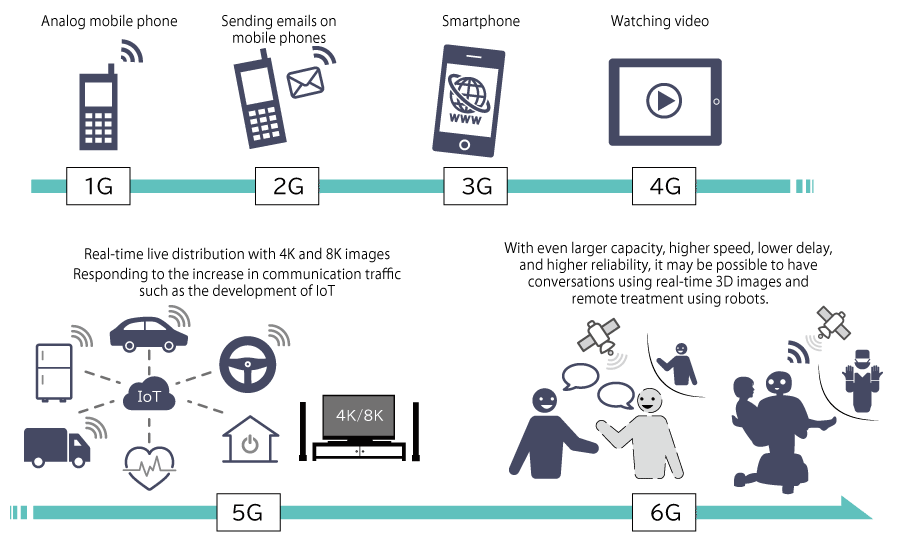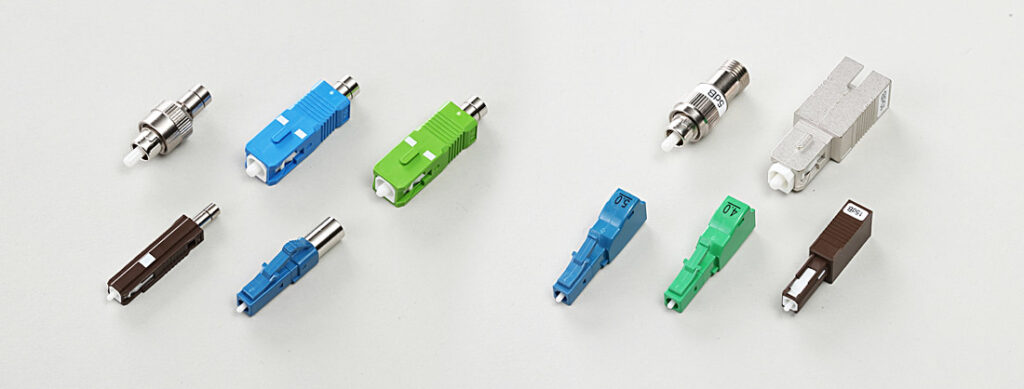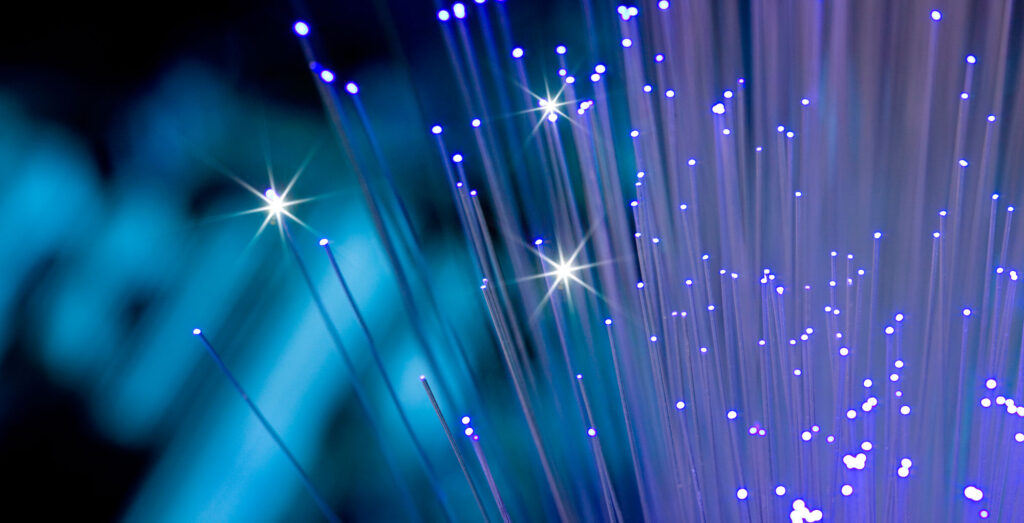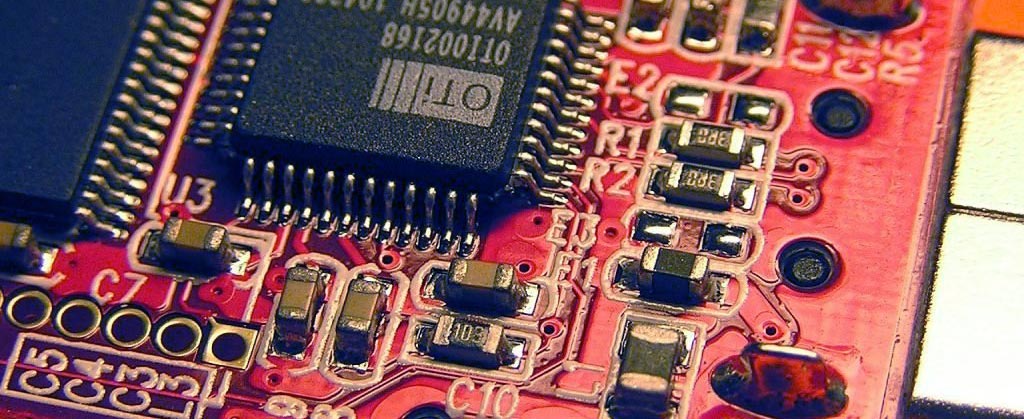100 times faster than 5G! What is possible with 6G?

Compatible smartphones have been released and various services and demonstrations are being conducted. Full-scale commercial introduction of the 5th generation (5G) mobile communication systems is progressing at great speed. Analog mobile phones first appeared in the 1980s, a mere 40 years ago and since then, mobile communication systems have taken great strides in research and development. The development of 6G technology is already underway around the world.
In this article, we will introduce 5G and 6G Technologies, how the world will change with their introduction, and the issues each still face to achieve widespread practical use.
Table of contents [close]
40 years of mobile technological evolution
In 1979, Nippon Telegraph and Telephone Public Corporation (currently NTT) commercialized the first generation (1G) mobile communication service to the general public for the first time in the world. In the beginning, the service was available only for in-car terminals, which were also known as car-phones. With the introduction of shoulder-carry terminals in 1985, it finally became possible to make calls on foot. In 1993, a digital, second generation (2G) mobile communication system was launched and replaced the analog 1G system. With 2G, services other than phone calls, such as sending text messages, became possible.
In the 2000s, mobile phones with built-in cameras were released, and the first smartphones also appeared. More advanced services such as data communications and sending images became available. Mobile communications systems increased in speed and capacity through 3G, LTE, and 4G Systems.
From 4G to 5G, and even 6G

Compared to 4G and LTE, which are in widespread use today, 5G is expected to have 100 times greater transmission speed (10 Gbps or more), 1/10 of the transmission delay (1 msec or less), and 100 times greater connection density (1 million units/km2 or more). Whereas 4G uses frequencies below 3.6 GHz, 5G uses much higher frequencies, from 3.6 to 6 GHz, and 28 GHz channels. As a result, high-speed, high-volume communication is possible. This means that with 5G, it will be possible to deliver high quality 4K and 8K images in real-time, with virtually no delay, and to process communications data from an ever-increasing number of IoT devices simultaneously.
However, research and development of 6G communications technology is already underway across the globe, aiming for deployment in 2030. In May 2018, NTT succeeded in the world’s first wireless 100 Gbps data transmission experiment. With 6G, transmission speed will be another 100 times faster, meaning it could reach 1 Tbps. 6G may allow people in remote areas to be projected in high-definition 3D, allowing people to have more realistic remote conversations. If doctors can successfully operate on patients using 3D images and robotic arms, telemedicine may become available to remote areas anywhere in the world. Does a SciFi movie world await us?
Challenges for 6G

There are still many challenges facing the full-scale implementation of 6G. First, 5G uses higher frequencies than 4G. So, the range of signal transmission is short. The distance 6G signals can travel will probably be even shorter as it will most likely use even higher frequencies to achieve high data transmission speeds. In the case of 5G, the distance between antennas is several dozen to several hundred meters. 4G antennas can be placed kilometers apart. As the number of antennas increase, switching between them when moving at high speeds becomes a problem.
Solutions are in the works. Massive multi-input multi-output (Massive MIMO) antennas that form matrixes of hundreds of smaller antennas, beam forming methods to send signals as focus beams in specific directions, incorporating antennas into windows of buildings, and other methods are under development. Challenges for installing antennas and ensuring stable communication are greater for 6G than they were for 5G.
Furthermore, as frequency increases, so does power consumption and related heat generation issues in equipment. For high-speed data transfers that exceed several terabytes per second, semiconductor devices that can process that volume of data are also required. Research and development are underway to create semiconductor substrates using materials with low transmission loss and high heat resistance. Research into high-speed, high-output materials other than silicon is also being conducted. As 5G and 6G become more widespread and the speed and capabilities of mobile communication devices increase, electronic components used in such communication devices will also need to develop to become smaller, more efficient, and highly reliable.
Orbray flexibly supports optical communication parts used in the optical communication field, special ferrules and sleeves. Please feel free to contact us
-
Optical filters: Essential components of high-speed, high-volume optical communications systems

-
Optical attenuators and terminators: How they work and why they are important

-
What is a Ferrule? : The history and development of the ferrule continues today with its ever pursuit of high accuracy of 1um or less at reduced costs

-
What are optical interconnects and fiber optics?

-
The Importance of Chip Mounter Nozzles

-
The Bright Future Being Created by Diamonds



